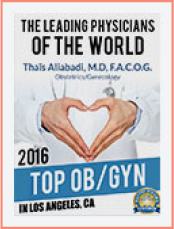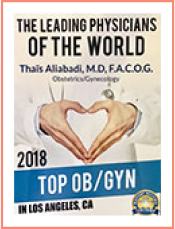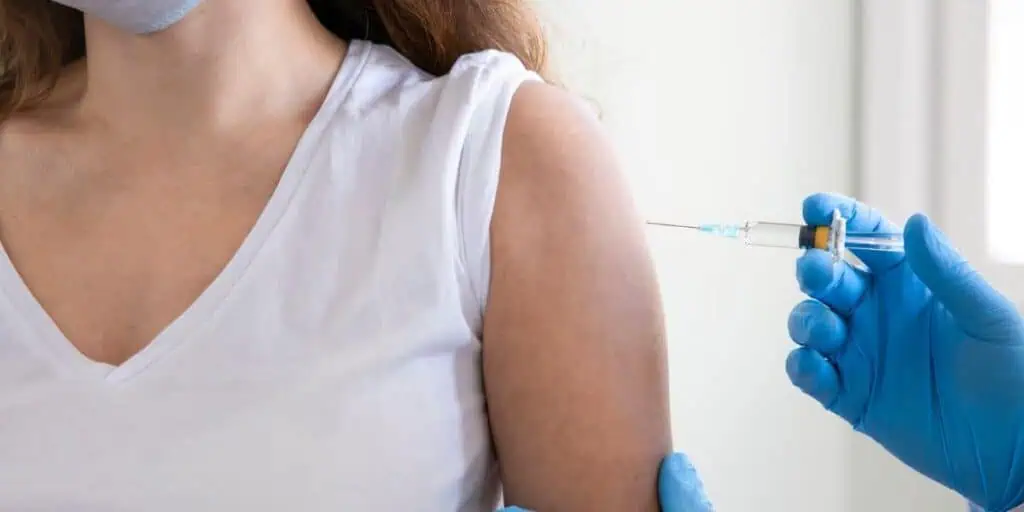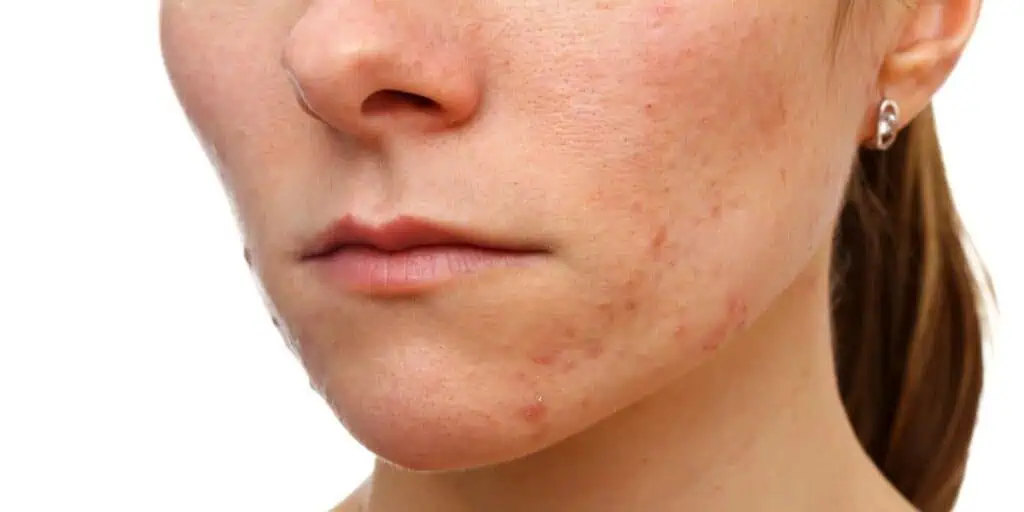Ehlers-Danlos syndrome, or EDS, is a group of genetic disorders affecting how collagen forms and functions in the body. These connective tissue disorders can cause hyperflexible joints and stretchier-than-normal skin. There are various types of EDS, including hypermobile Ehlers-Danlos syndrome (hEDS). It’s estimated that hEDS affects between 1 in 5,000 and 1 in 20,000 individuals, and some findings report that 90% of those diagnosed are women. However, receiving a diagnosis can often take 10-12 years, as EDS is frequently misdiagnosed or the symptoms are dismissed, especially in female patients.

What is Ehlers-Danlos syndrome?
EDS is an inherited condition that affects the body’s connective tissues, including the skin, ligaments, and walls of the blood vessels. Collagen proteins within these soft tissues help your body and joints to move and bend while keeping them strong and resilient so that the stretched tissues can bounce-back after contracting or extending. However, in the case of Ehlers disease and other hypermobility spectrum disorders, there is too much flexibility due to weaker collagen fibers. A Ehlers-Danlos test using the Beighton score, a measure of how far joints extend during simple maneuvers, can often indicate joint hypermobility syndrome.
The Ehlers-Danlos Society officially recognizes 13 types of Ehlers-Danlos syndrome, often categorized based on what gene mutation causes symptoms and which connective tissues are affected. Some of the most well-known types of EDS include:
- Hypermobile EDS: The most common type of EDS is hEDS. The hypermobile type also tends to cause more symptoms in women than in men.
- Classical EDS: The classical type of EDS is categorized by thin, stretchy skin that bruises easily.
- Vascular EDS: The vascular type of EDS is the rarest and most serious. Patients with vascular EDS are at risk of artery leaking or rupture.
What are the symptoms of Ehlers-Danlos syndrome?
There are three major features of EDS disease symptoms – joint hypermobility, skin hyperextensibility, and fragile skin. Additionally, various other symptoms can occur in different types of EDS, such as chronic pain, hypotonia (low muscle tone), digestive issues, or chronic dizziness.
The severity of symptoms can vary from person to person. In some cases, a joint might just be able to over-extend, but in severe cases, joint instability affects the positioning of the bones and how they are held in position during movement, potentially leading to a higher likelihood of joint abnormalities, such as subluxation (misalignment) or dislocation.
Similarly, skin hyperextensibility, when the skin stretches beyond its normal range, which is usually considered to be anything greater than 1.5cm, may not impact quality of life. A deficiency of a certain type of collagen generally causes stretchy skin that can be doughy, soft, and saggy. However, fragile skin or velvety skin can also lead to easy bruising and slow wound healing.
In some of the rarest types of EDS, like vascular EDS that affects between 1 in 50,000 and 1 in 200,000 people, the blood vessels, individuals can experience severe symptoms, such as a higher risk of prolapse of internal organs or an increased chance of aneurysm. Regardless of the type of EDS, Ehlers-Danlos syndrome has the potential to adversely affect quality of life, causing pain, increased risk of injury, and chronic issues such as joint dislocation and fatigue.
Women with Ehlers-Danlos syndrome may face increased risks
According to the National Institute of Health, Ehlers-Danlos syndrome and hypermobility spectrum disorders, in general, disproportionately affect women. As a result, they may experience a greater risk of disability, morbidity, and a lower quality of life. EDS is an inherited disease that can occur in one of two ways, autosomal recessive inheritance, in which both parents have the responsible gene and their children have a 25% chance of having EDS, or autosomal dominant inheritance, in which one parent has the gene and there is a 50% chance their children will have Eds. the rarer forms of EDS, such as the arterial type, genetic testing can be necessary. However, a simple review of your family history, medical history, and symptoms can be enough.
Women with EDS may live with chronic pain, joint instability, and a higher prevalence of injury. The condition isn’t widely discussed or well understood, making it challenging for women to have their symptoms taken seriously. In some instances, EDS can be dismissed entirely, deplorably attributed to female hysteria or other common conditions, like menopause, that can cause similar symptoms.
Why is Ehlers-Danlos syndrome misdiagnosed or dismissed?
There are certainly cases of individuals whose EDS is dismissed by their clinicians, often told that the illness is all in their head or, worse, a normal part of womanhood. Historically, women have been underserved in healthcare, and unfortunately, it’s an issue that has not been completely remedied.
However, EDS can range from mild to severe and present with various different symptoms, making it likely that patients will see a variety of providers. Some individuals may experience little effect on their daily lives, while others can have gastrointestinal complications so severe they can be life-threatening. A person with EDS may visit a different specialist, like a gastroenterologist or a musculoskeletal specialist, for each symptom, making it challenging to put the pieces together.
Why is EDS awareness important?
Although there is no cure for EDS, a correct diagnosis is crucial. Certain activities, like contact sports, and medications, such as anticoagulants, can exacerbate EDS, sometimes causing a dangerous situation. Furthermore, Ehlers-Danlos syndrome can occasionally make individuals more susceptible to other conditions that can affect their health negatively. For example, pregnant women with EDS may have a higher risk of placenta previa, cervical incompetence, and preterm birth, reports the American Journal of Obstetrics and Gynecology.
Fortunately, lifestyle changes and treatment, like physical therapy, may help manage EDS symptoms. Even the act of joining a support group can offer resources and tools to make the syndrome more bearable. The Ehlers-Danlos Society advocates for raising awareness about the condition, hopefully making it easier for women to secure the help that they need.
What should you do if you think you may have Ehlers-Danlos syndrome?
Generally, seeking out a referral from your primary care physician is the best route to a specialist that best suits the symptoms you’re experiencing, such as a rheumatologist for joint pain and instability. Doctors with specialties in rare diseases are usually recommended for individuals with high-risk eds subtypes, such as vascular Ehlers-Danlos syndrome. Working with a diagnostic team of experts for each concern, including an OB/GYN who can assist with potential EDS complications in pregnancy and postpartum, is key to managing your symptoms and maintaining your quality of life.
Have questions about your health? Talk to Dr. Aliabadi
Dr. Aliabadi isn’t only an expert OB/GYN, but is knowledgeable in all aspects of women’s health and well-being. While she can’t treat your Ehlers-Danlos syndrome symptoms, Dr. Aliabadi and her caring, supportive staff are available to support individuals with EDS through menopause, childbirth, infertility, and routine gynecological care.
We invite you to establish care with Dr. Aliabadi. Please make an appointment online or call us at (844) 863-6700.
The practice of Dr. Thais Aliabadi and the Outpatient Hysterectomy Center is conveniently located for patients throughout Southern California and the Los Angeles area. We are near Beverly Hills, West Hollywood, Santa Monica, West Los Angeles, Culver City, Hollywood, Venice, Marina del Rey, Malibu, Manhattan Beach, and Downtown Los Angeles.
Sources
Malfait F, Wenstrup R, De Paepe A. Classic Ehlers-Danlos Syndrome. 2007 May 29 [updated 2018 Jul 26]. In: Adam MP, Feldman J, Mirzaa GM, Pagon RA, Wallace SE, Bean LJH, Gripp KW, Amemiya A, editors. GeneReviews® [Internet]. Seattle (WA): University of Washington, Seattle; 1993–2024. PMID: 20301422.
Tinkle B, Castori M, Berglund B, Cohen H, Grahame R, Kazkaz H, Levy H. Hypermobile Ehlers-Danlos syndrome (a.k.a. Ehlers-Danlos syndrome Type III and Ehlers-Danlos syndrome hypermobility type): Clinical description and natural history. Am J Med Genet C Semin Med Genet. 2017 Mar;175(1):48-69. doi: 10.1002/ajmg.c.31538. Epub 2017 Feb 1. PMID: 28145611.















